We explore Nikola Tesla, his life and major contributions. In addition, we discuss his main characteristics, awards, and more.
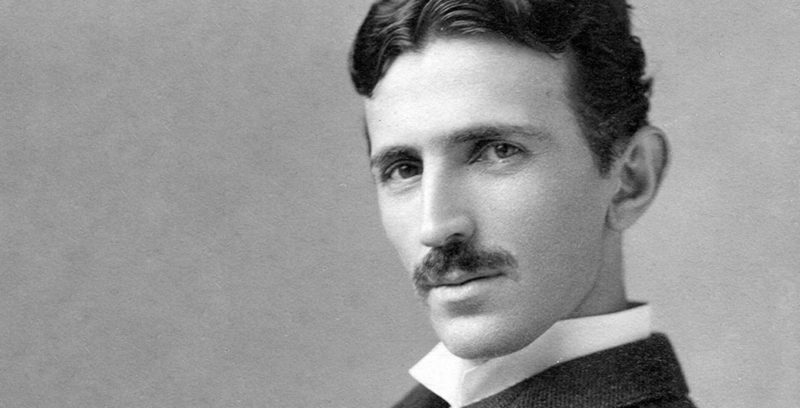
Who was Nikola Tesla?
Nikola Tesla was a Serbian-born engineer, scientist, and inventor, noted for his numerous contributions to the field of electromagnetism in the late 19th and early 20th centuries.
He is regarded as a pioneering genius in numerous technology fields including electromechanical engineering, robotics, radar, computer science, ballistics, theoretical physics, and nuclear physics.
Tesla’s patents and his rigorous theoretical work laid the foundation for a great number of modern technological systems such as the alternating current polyphase system and the alternating current motor, key to the advent of the Industrial Revolution.
In recent times, Tesla's eccentric character and the story of his famous demonstration of radio communication have established him as a figure in popular culture, often at the center of conspiracy theories that attribute totally fallacious discoveries and research to him.
- See also: René Descartes
Biography of Nikola Tesla
Tesla was born in the Serbian village of Smiljan, in the Austro-Hungarian Empire, present-day Croatia. His parents were Milutin Tesla, a Christian Orthodox Church priest, and Duka Mandici, a housewife and self-taught scientist who developed home craft tools in her spare time.
The family moved to the town of Gospić in 1862, where young Nikola began his education, completing it ahead of schedule thanks to his remarkable photographic memory.
During his childhood, he suffered from a strange disease that caused visual flashes and hallucinations, often triggered by ideas or as a solution to problems that had been posed to him.
In 1880, while in Budapest, he worked as chief electrician in a telegraph company, where he met a young Serbian inventor named Nebojša Petrović with whom he embarked on his early projects. He then traveled to Paris, joining one of Thomas Edison's companies, and later to New York, where he worked with the American genius himself.
Subsequent years of Nikola Tesla
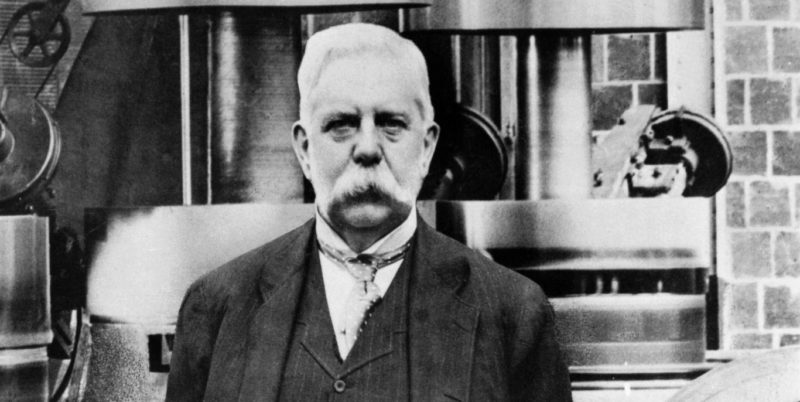
In 1886, Tesla founded Tesla Electric Light & Manufacturing. However, investors' disagreement over the development of an alternating current motor led to his expulsion from his own company.
Undeterred, in the following years he developed the greatest inventions of his life, working with George Westinghouse at the latter's company.
In 1891, Tesla became a naturalized United States citizen and set up his laboratory in New York City. A year later, he was granted his first patents, and was elected vice-president of the American Institute of Electrical Engineers (AIEE). This was the first of many laboratories and projects he would lead in the United States.
Personality of Nikola Tesla
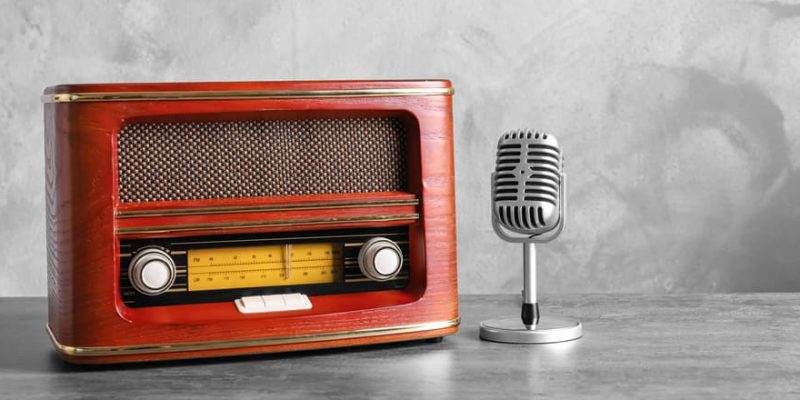
Raised in the Orthodox Christian faith, Tesla held throughout his life true respect and an inclination towards other religions like Buddhism and Catholicism. His notes reflect an interest in finding common ground between science and religion, as well as a certain fascination to understand the unknown.
Tesla reportedly never drew plans of any kind, relying entirely on his memory instead. This played against him in his fight over patents for the invention of the radio, disputed with Guglielmo Marconi. Numerous other patents were taken away from him, since Tesla felt a deep contempt for legal and business matters.
He may have suffered from obsessive-compulsive disorder (OCD), which would account for his complete devotion to his projects, often to the extent of forgoing sleep when he felt most inspired. He is not known to have engaged in any relationship.
Major contributions of Nikola Tesla
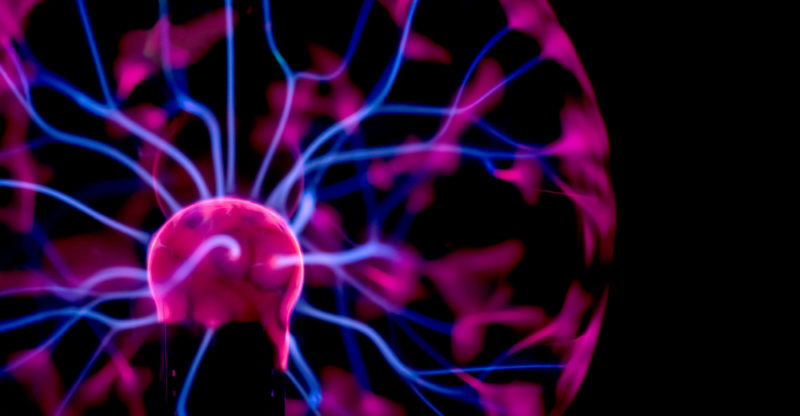
Tesla's major contributions are associated with the following fields:
- Electromagnetism. Tesla's major work concerned the transmission of electrical power, the alternating current energy supply system, and wireless power transmission. He made pioneering achievements in the construction of alternating current motors, experiments with high-voltage, and electric field measurements.
- Radiation. He experimented with X-rays or Roentgen rays, but lost his notes on the subject in an 1895 laboratory fire. He later studied radio waves, and even designed devices to "listen" to space, with which he claimed to have detected signals of extraterrestrial origin.
- Physics of gases. The liquefaction of air was one of Tesla's objectives, as he knew from Lord Kelvin's experiments that this process could be used to absorb energy for cooling purposes.
Inventions and discoveries of Nikola Tesla
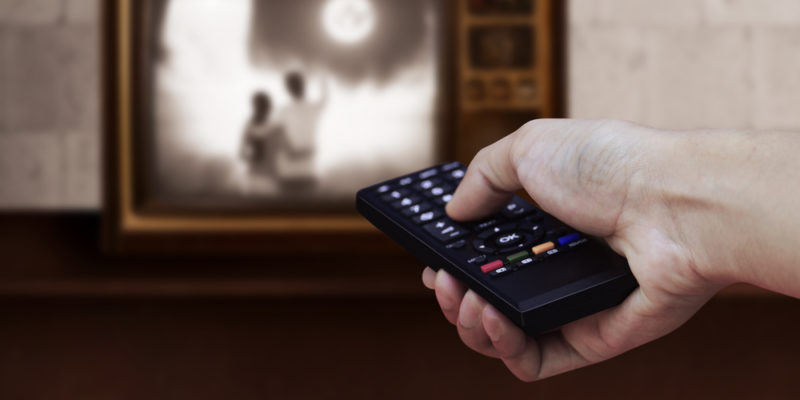
Nikola Tesla is officially credited with the following inventions:
- Wireless transmission of electrical energy, using electromagnetic waves.
- Alternating current.
- Directed energy weapons (an electricity-based "death ray" that was discarded by the United States government as too costly)
- The radio.
- The theoretical principles of radar.
- Spark plugs for electrical ignition engines.
- Direction finding.
- The "Tesla Coil", a resonant transformer.
- The remote control.
- The polyphase induction motor.
- The "Teslascope", an extraplanetary wave receiver.
Relationship with Thomas Edison
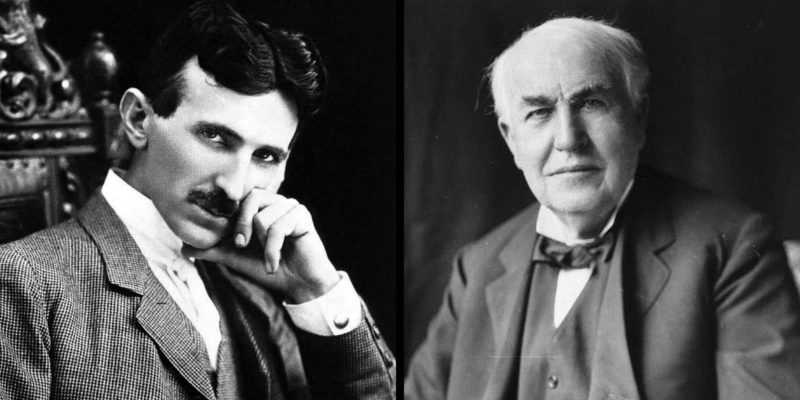
Tesla's relationship with Thomas Edison was fraught with tension. They worked together upon Tesla's arrival in the United States in 1884, when he was charged with redesigning Edison's direct current generators for a promised $50,000 (equivalent to about $1.1 million today).
However, when the work was completed, Edison refused to pay Tesla, on the grounds that the latter "did not understand American humor".
Tesla resigned shortly afterwards from Edison's company, and thus began a rivalry between the two scientists. The dispute became known as the "war of the currents", as Edison was a proponent of direct current while Tesla championed the superiority of alternating current.
Unknown inventions by Nikola Tesla
Tesla is credited with numerous secret or unknown inventions that were found in his laboratory after his death and confiscated by the United States government.
These include eccentric machines such as a UFO, and devices to extract electrical energy out of nothing, among other inventions. The first hydroelectric power plant is erroneously ascribed to him.
Nikola Tesla in popular culture

Tesla and his so peculiar life have been the subject of artistic portrayals in movies including The Secret of Nikola Tesla (1980), Tesla (1993, TV), Tesla: Master of Lightning (2000), The Visionary (2005), Tesla's Engine (2015), and Tesla (2015). In addition, a documentary about his life, entitled "Tesla," was released in 2014.
Awards and recognition of Nikola Tesla
The only award Tesla received during his lifetime was, ironically, the Edison Medal, the highest distinction of the IEEE. Edison's intrigues and the injustice over the contested radio patent with Marconi twice deprived him of a Nobel Prize nomination in Physics.
Nevertheless, Tesla's name has been honored by the International System of Units that measures magnetic flux density (tesla), a lunar crater has been named after him, as well as a minor planet (2244 Tesla). In addition, the most prestigious award for the popularization of science in the Spanish-speaking world bears his name.
Death of Nikola Tesla
Tesla died in the United States, at the Wyndham New Yorker Hotel, on January 7, 1943.
Explore next:
Was this information useful to you?
Yes NoThank you for visiting us :)